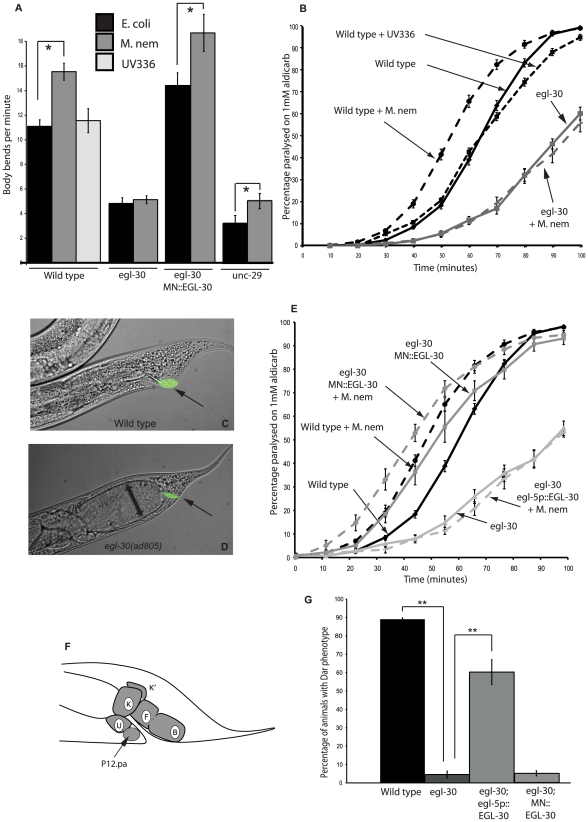Figure 1. EGL-30 (Gαq) signaling is required in different tissues for behavioral and immune responses to infection.
The locomotion rate of wild type and unc-29(e1072) animals was increased following infection with M. nematophilum (A). No increase was observed in egl-30(ad805) loss-of-function mutants (A). Synaptic release of endogenous acetylcholine was measured by determining the onset of paralysis induced by the acetylcholine esterase inhibitor aldicarb. Infection of wild type animals with M. nematophilum resulted in a faster onset of aldicarb-induced paralysis relative to wild type controls grown on E. coli, suggesting an increase in the levels of ACh release following infection (B). In contrast egl-30(ad805) was resistant to aldicarb and infection of these animals did not increase ACh release (B). Mutations in egl-30(ad805) significantly decreased the percentage of Dar animals observed following M. nematophilum infection although bacteria, labeled in green using the nucleic acid stain SYTO13, still attached to the anal opening (C, D and G) (rectal opening is indicated with an arrow in C and D). These animals were severely constipated and the intestinal distention is indicated by a double-headed arrow (D). Expression of EGL-30 (Gαq) in the rectal epithelium (F kindly drawn by H. Chamberlin) using a 1.3 Kb fragment of the egl-5 promoter (egl-5p::EGL-30; egl-30(ad805)) was sufficient to rescue the Dar response following infection (G) however these animals remained resistant to aldicarb and ACh release was not increased following infection (E). In contrast cholinergic motorneuron expression of EGL-30 (Gαq) from the unc-17 promoter (MN::EGL-30) rescued increases in locomotion (A) and ACh release following infection (E) but not the Dar response (G). P values between 0.05 and 0.001 (*), and P values of 0.001 or less (**).

